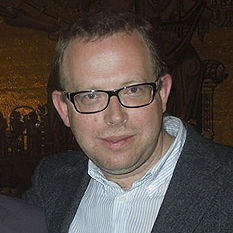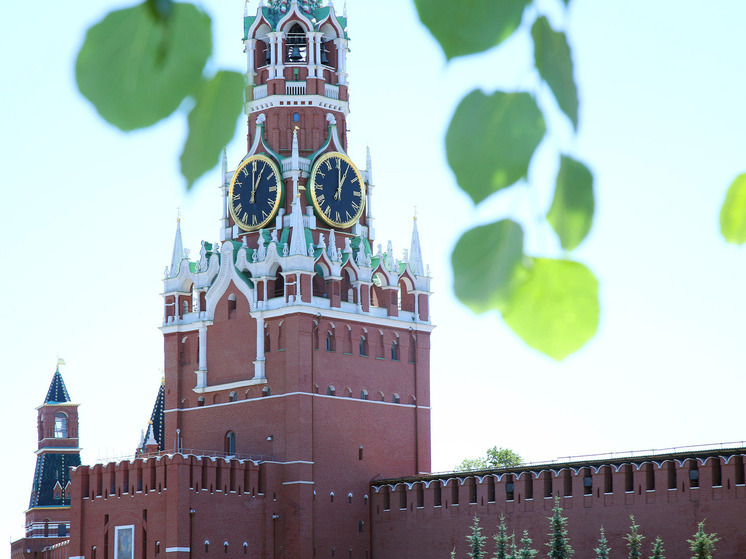The Perfect Place for Aliens: A “Super-Earth” Planet Discovered

Habitable 'Super-Earth' Found 35 Light Years Away
Are aliens real, and if so, where are they hiding? It's one of the biggest unanswered questions in science. Now, researchers may have taken a huge step toward answering that question. Using NASA's TESS space telescope, a team from the Trottier Institute for Exoplanet Studies has discovered a "super-Earth" 35 light-years away that could be habitable.

test banner under the title image
The planet, dubbed L 98-59 f, is one of five planets discovered orbiting the red dwarf L 98-59, the Daily Mail reports. However, it is the only one with suitable conditions to support life.
"The discovery of a temperate planet in such a compact system makes this discovery particularly exciting," said lead author Charles Cadieu. "It highlights the astonishing diversity of exoplanet systems and reinforces the need to study potentially habitable worlds around low-mass stars."
L 98-59 was first discovered in 2019 and was initially confirmed to have just four planets orbiting it. However, by carefully analyzing data collected from ground-based and space-based telescopes, the team was able to identify a fifth planet. This planet does not transit its host star, meaning it does not pass directly between us and the star. However, its presence was confirmed by subtle changes in the star's motion.
Scientists believe that the planet receives about the same amount of stellar energy from the Sun as Earth. Interestingly, this allows it to be "firmly" located in the habitable zone - the region where water can remain in liquid form.
The new study also sheds light on four other planets orbiting the star. The innermost planet, L 98-59 b, is about 84% smaller than Earth and about half its mass. Meanwhile, the two inner planets are thought to be similar to Jupiter's volcanic moon Io. Finally, the fourth planet may be a "water world," according to experts.
"With its diversity of rocky worlds and range of planet compositions, L 98-59 offers a unique laboratory for addressing some of the most pressing questions in the field: What are super-Earths and sub-Neptunes made of?" notes study co-author René Doillon. "Do planets form differently around small stars? Can rocky planets around red dwarfs retain atmospheres over time?"
Having discovered the fifth planet and learned more about the other four, the team now hopes to use James Webb, NASA's most powerful telescope, to study the star system in more detail.
"With these new results, L 98-59 joins a select group of nearby compact planetary systems that we hope to study in more detail in the coming years," said Alexandrine L'Heureux, co-author of the study. "It is exciting to see it standing alongside systems like TRAPPIST–1 in our quest to uncover the nature and formation of small planets orbiting red dwarfs."












